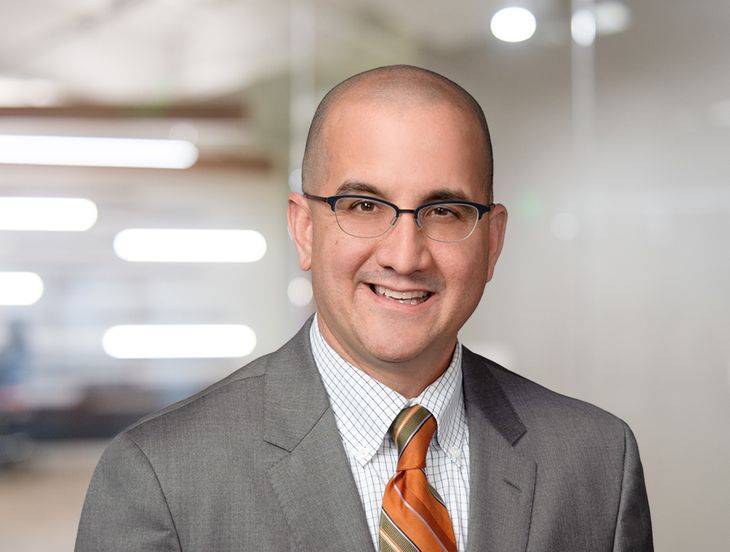Court Ruling Means We’re One Step Closer To A Unionized Gig Economy
Insights
8.02.17
The battle over organizing workers in the on-demand economy continues to heat up. Yesterday, a federal court in Washington dismissed a lawsuit filed by the U.S. Chamber of Commerce and others challenging the City of Seattle’s landmark ordinance that essentially authorizes ride-hailing drivers to unionize. However, the law remains on hold as an injunction remains in place pending the outcome of related litigation.
Back in April, as we discussed here, the court granted a preliminary injunction against portions of the ordinance, which was seen as a significant blow for the ordinance and union organizing efforts aimed at this industry. But now it is the unions’ turn to celebrate, as a federal judge has granted the City of Seattle’s motion to dismiss the lawsuit.
To recap briefly, the ordinance seeks to require ride-hailing apps to provide driver contact information to aid approved drivers’ associations – such as the newly formed App-Based Drivers Association (affiliated with Teamsters Local 117) – in contacting the drivers to determine if they want to unionize. In January 2017, the Teamsters made formal requests for the ride-sharing companies to provide it with drivers’ names, license numbers, telephone numbers, emails, and addresses; the deadline to provide this information was mid-April.
This prompted litigation. One such case, filed by the U.S. Chamber of Commerce on behalf of members such as Lyft and Uber, argued the ordinance violates federal antitrust law because Seattle’s ordinance permits independent contractors to collectively join together to fix prices and terms of service, reducing competition. The Chamber also alleged the ordinance is preempted by the National Labor Relations Act (NLRA) and violates several other state and federal laws, and argued that this ordinance has the potential to cripple the for-hire driver industry and the on-demand economy as a whole.
In yesterday’s ruling, the federal judge essentially rejected the arguments and ruled, among other things, that the ordinance did not violate federal antitrust law, nor was it preempted by the NLRA.
First the antitrust issue. Under federal law, it is unlawful for private economic actors (such as businesses) to set prices they will accept for their services in the marketplace (think of all those stories about milk or other commodity “price fixing” from your history class). However, there is an exception (known as “state action immunity”) to this prohibition for states and municipalities to restrict competition for state policy reasons. Under this exception, the challenged law must (1) be clearly articulated and affirmatively expressed as state policy, and (2) must be actively supervised by the state (or municipality) itself.
With respect to the Seattle ordinance, the judge ruled that it satisfied both prongs of this test. First, the court held that the underlying state laws “clearly delegate authority for regulating the for-hire transportation industry to local government units and authorize them to use anticompetitive means in furtherance of the goals of safety, reliability, and stability.” The court declined to “second-guess” the means the municipality has chosen to promote these goals.
Second, the court held that there was sufficient “active supervision” by the state (or here the municipality) over the otherwise anticompetitive conduct of the private parties. The court pointed to the active role played by the City’s Director of Finance and Administrative Services in ensuring that the policy objectives of the ordinance are furthered, including the designation of drivers as qualified and the ability to accept or reject agreements bargained between the parties or established via arbitration.
Next, the court moved to the issue of NLRA preemption, similarly finding no grounds to rule the ordinance ran afoul of federal law in this regard. Under the NLRA, there are two main type of federal preemption. “Garmon preemption” refers to when a state or local law regulates activity that arguably falls within the federal NLRA. Here the court pointed out that the plaintiffs had not argued that the drivers at issue were employees (who fall under the jurisdiction of the NLRA) – in fact, they specifically argued to the contrary that they were independent contractors (who do not fall under the jurisdiction of the NLRA). Therefore, the court held, “because no party has asserted that for-hire drivers are employees, the issue will not be considered or resolved in this litigation.”
The second type of preemption, or “Machinists preemption,” refers to where the local action regulates activity that Congress intended to leave unregulated. Here, because the ordinance sought to allow independent contractors to bargain, the issue, then, is “whether the exclusion of independent contractors [from the NLRA] represents a congressional determination that workers in that category should be prevented from bargaining collectively or whether the exclusion reflects a willingness to allow state regulation of the balance of power between independent contractors and those who hire them.” The court looked at the legislative history of the NLRA and held the latter, finding that Congress was “indifferent” to the labor rights of independent contractors. Therefore, this was not conduct that Congress specifically intended to leave unregulated and “Machinists preemption” did not apply.
While yesterday’s decision is a big blow to opponents of the ordinance, this isn’t the final word on this case. The Chamber of Commerce has already announced it will appeal this ruling to the 9th Circuit Court of Appeals. And importantly, the court’s injunction issued in April remains in effect as it also applied to a lawsuit filed by Uber and Lyft drivers. The injunction will remain in place unless and until the court takes further action in that lawsuit.
So this case remains one to watch, as we are still a long way from getting a final answer on this question. But in the meantime, proponents of the effort to unionize gig workers will likely trumpet this decision as they seek to compel other cities and states to follow Seattle’s lead.
Related People
-
- Benjamin M. Ebbink
- Partner
